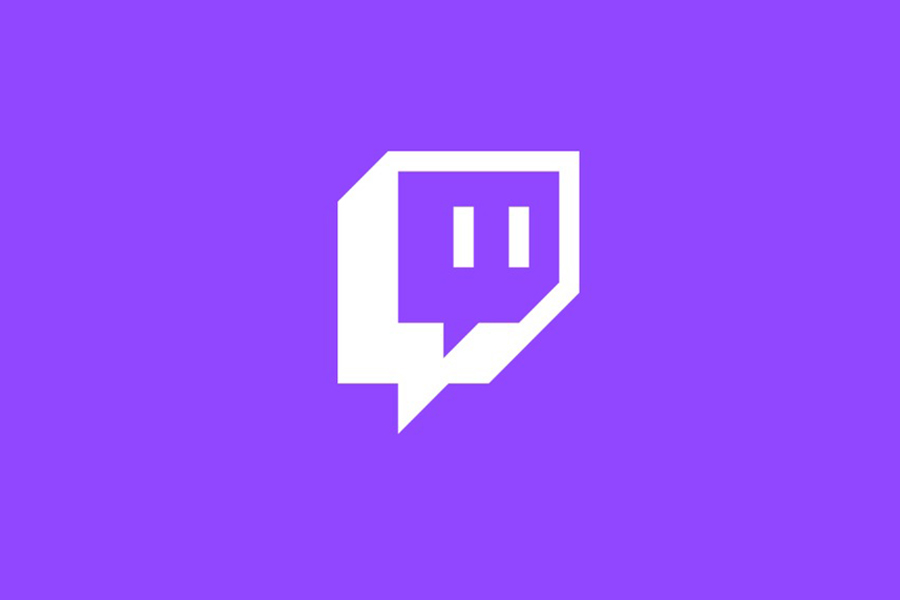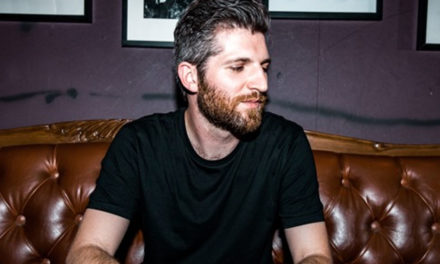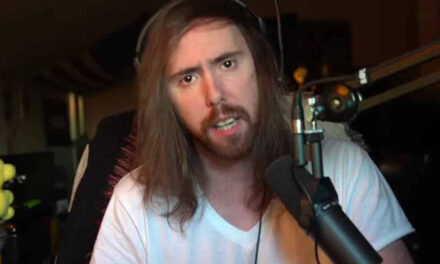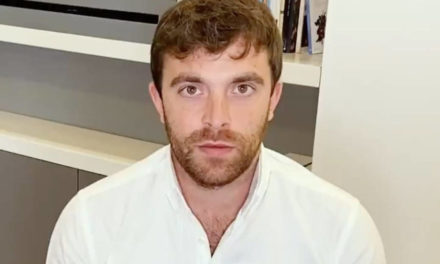Twitch’s controversial “pay-to-win” Boost feature appears to be a flop. According to a data analyst, streamers who participated in a test of the Boost feature had no positive impact.
Twitch’s experimental Boost option was announced in October, and it was met with immediate skepticism. For a fee, Boost would increase the likelihood of a streamer being featured on the Twitch homepage, where they would ideally gain more eyes and, hopefully, more returning subscribers. They have evidence that those who thought the feature was too good to be true were probably correct.
An independent data analyst Zach Bussey, who specializes in streaming said that he gathered data from 125 streamers who participated in Twitch’s Boost test. And the outcome is the polar opposite of PogChamp’s. Bussey told Kotaku that he used data from SullyGnome, another Twitch analyst.
Bussey compared the total follower counts, average concurrent viewers, and peak viewers of streamers in November to their numbers from October 2nd in a spreadsheet. According to Bussey, Twitch’s Boost feature did not result in significant growth for small and even partnered streamers who enrolled in the program, which appears to have made up the majority of the beta pool.
The overall change in concurrent views was mixed, with 48 streamers seeing a decrease in concurrent views and 51 seeing an increase. During the month Bussey recorded his data, another 18 had no change and seven did not stream.
While concurrent channel views can be difficult to track, Bussey believes that a streamer’s page views are the most accurate indicator of their progress. According to his data, 60% of boosted streamers received fewer page views in November than they did in October.
Bussey compared positive and negative viewer outcomes in particular. Based on concurrent views, follower count, peak views, and hours streamed, the average “positive” outcome for the 125 streamers who participated in the Boost test was just under 50%, meaning that the test’s main stats improved half of the average streamer.
Despite the various ways he claims he’s attempted to interpret his data, Bussey said he couldn’t find any positive impact from Twitch’s Boost feature for smaller streamers specifically in the video.
Bussey said that the results of his data didn’t surprise him, but he went on to say that Twitch’s Boost experiment’s monetization aspect would benefit Twitch’s bottom line more than the small streamers it claims to help. The Boost option offers a new way to monetize the service, in addition to the traditional model of viewers donating directly to a streamer, with Twitch taking a cut.
Bussey speculated that the Boost feature could tell Twitch how much viewers are willing to spend to support a streamer, as well as whether they’re more likely to Boost a streamer they like rather than gift subscriptions.
When it comes to what smaller Twitch streamers can do to grow their audience, Bussey recommends branching out and creating content on YouTube and TikTok that directs new viewers to their Twitch accounts.







